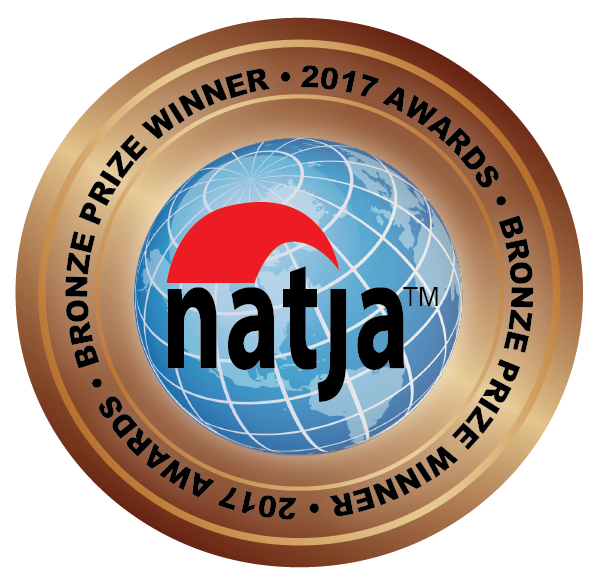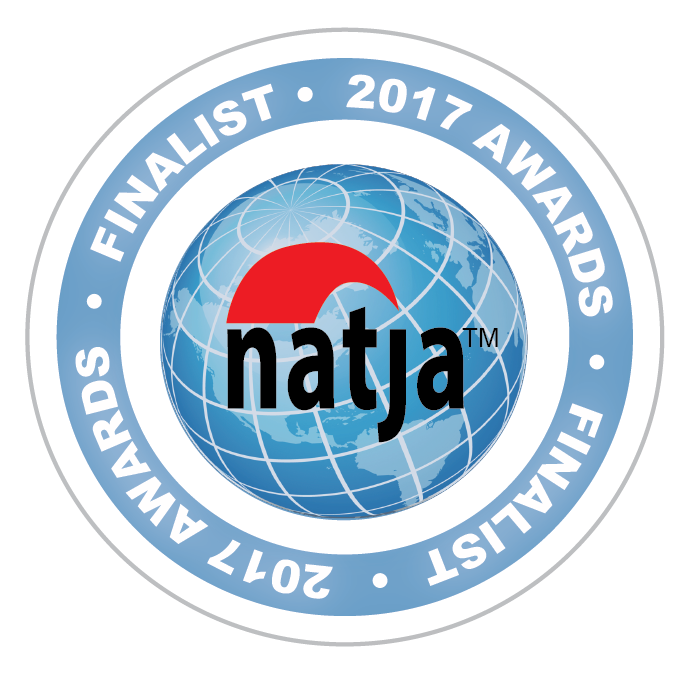When I told my family that my husband and I were departing for a month in Medellín, Colombia, they were skeptical, to say the least. Like many North Americans, what they knew of the city was based on a blurry image of drug lords, guerrilla wars, and images of Pablo Escobar on magazines and television screens. The amorphous threat of danger in what was once the murder capital of the world still loomed large.
But in the time since Don Pablo was finally killed on a Medellín rooftop as he tried to flee the authorities, things have been changing in the City of Eternal Spring. The heavy influence of cartels persisted for many years afterwards, to be sure, but after significant government intervention and, even more so, the will of the citizens to reclaim their beloved city, Medellín has begun to thrive.
Just last year, Medellín was awarded The Lee Kuan Yew World City Prize, an international honor given to the city that best exemplifies the use of innovation and superior urban planning to overcome socioeconomic problems. A place once riven by violence, radical gaps in wealth, and the absence of economic opportunity used public transit as a means of connecting what once seemed like unbridgeable divides. Medellín was the first city in the world to use cable cars as a means of public transit, connecting citizens who were formerly isolated within impoverished portions of the city perched on mountains, as did escalators in and out of other ostracized barrios. And these are only two of the solutions that have garnered worldwide acclaim.
Upon arriving in Medellín, we knew we’d ride cable cars. We knew there would be a metro. We had images in our mind of what the cosmopolitan South American city might look like. We had left the warnings of friends and family largely unobserved, and we didn’t fear being mugged, kidnapped, or worse. But even with open minds and the base of research we’d done before leaving, we didn’t anticipate the way we’d find ourselves quite literally at the heart of Medellín's history.
A friend of ours recommended we enroll in the Spanish school he’d attended. He said the teachers were fun, the atmosphere was comfortable, and in just one month, he’d managed to go from just counting to five in Spanish to decent conversational proficiency. Intrigued, we enrolled in a two-week intensive course at Colombia Immersion.
From our very first week of classes, we were wowed by the school. Not only were we quickly receiving the most effective language training either of us had ever encountered, but we were also invited to activities like salsa dancing, cooking classes, and a language exchange at the school’s original campus. Still, there was one more big surprise.
After a few days of classes, I noticed outside the school tourists coming alone or in small packs, crowding on the sidewalk across the street, pointing, and taking photos. It was strange. The building is beautiful, certainly, and I too had taken photos of the lush greenery found in the quaint neighborhood. But that could not explain what proved to be a recurring trend: foreigners and Colombians alike would show up, put their arms over one another’s shoulders, a thumbs up and a smile for a photo in front of the school.
Finally, I asked our student coordinator, Joanna. Mystery solved. We were taking classes in the last house where Pablo Escobar ever lived. This was the building where Medellín's most notorious criminal scrambled out of the window, fleeing the police, and was finally shot and killed on a neighboring roof.
Perhaps the most spectacular thing about Colombia Immersion is their disinclination to exploit the notorious history of their building. Instead, they made it a place to demonstrate positive change. Here’s Andrea Villada, a teacher at the school:
“Colombia has been through really, really tough times, and it has changed in so little time that it's quite incredible. I think that that's the first thing that calls people's attention. And most of them, most of our students want to know how we managed to do that. I think that they take away with them not only the language, but it's a whole experience of how we overcame all those problems. How we keep our happiness. How we keep our sense of humor, and how did that help us? Like, how can we be better with time and with experience and overcome everything?”
Like her fellow staff members, Villada is determined to share more than her native language with students. She uses Spanish as a means of sharing passion, which is easy when you’re learning from someone who loves their job as much as Villada does.
Andrea:
“For me this is my dream job and when you have a dream job, you love everything about it. I love the staff, I love the students, I love the place, I love the activities. I even love when the students tell you well you know I don't like this and that—I love it because it makes you grow and learn. I love everything about this job. Spanish is a really passionate language, we even change the structures of some verbs just to make them more passionate, so I think if you're passionate about it, then you're gonna teach that. You're gonna teach the passion; how you feel it, how you express it, and that's really important when it comes to Spanish.”
For the citizens of Medellín, I learned, it’s not about forgetting where their city has come from. It’s about using the past as inspiration to move forward. In this way, Sergio Gomez, also a teacher at Colombia Immersion and a Medellín native, appreciates the history of his workplace.
Sergio:
“I like the fact that this is in this place, because you see, a lot of people come and stand outside taking pictures of this because of what happened more than 20 years ago, but students come here to study Spanish and they see that this is very different. And they have chances to visit a lot of places that used to have a lot of problems and now it's very different. And that's what I think we, the people who have lived here all our lives, we don't want to hide our problems but we want other people to know that we are on a different path now. We still have a lot of things to correct and work on, but they city has a lot programs that has helped communities to come closer to forgetting a little bit about the serious violence that they used to have. I think that if they can see that when they come here and visit those places and see how people are in places where there used to be so much violence and now there is a place for getting together and sharing different ways of living; it's nice.”
This kind of meaningful cultural interchange is precisely why Erica Borgjardin helped found the school only two years ago. She wanted to create a space where people could learn more than Spanish, where they could also get to know Medellín for what it really is.
Erica:
“There are two things that are very important for us: one is high quality classes where they get to learn and practice as much as possible the language, and the second is creating opportunities where people can apply this language. That application part, what we did is we created an international community: we have a lot of Colombian people that are our neighbors or that are just generally very interested in the school and getting to know foreigners and we invite them to everything that we do. We include them in everything that we do, and for them it's a really nice opportunity to, you know, taste this little piece of a foreign country because not everybody here has the opportunity to travel but they find all their foreigners and all their favorite countries and everything that they want to learn from cultures, they find it in our school. And they get to practice their English, right? That's also something that a lot of Colombians are interested in. And for our students, it's the opposite, we get to learn a lot from the Colombian culture, we get to practice our Spanish.”
Of course, dealing with the history of the building is complicated for the school. With exceptional programming that’s highly impactful for both the students and the community, ties to Pablo Escobar are the last thing they’re prone to advertise. Similarly, Medellín’s so much more than the backdrop for Netflix’s Narcos.
Erica:
“This was the house that he lived in like the two months before he got shot, and basically he escaped from this house and he got shot on the adjacent roof. It's an undeniable fact that we are in this house. We don't mention that or we don't talk about that, what our purpose is, is to join Medellín in their like innovativeness and attracting foreigners and showing them the real Medellín and showing them what Medellín is all about. Because Medellín is much more than that very particular history, and we want to focus on Medellín now, because Medellín is a lovely city, Colombia is a lovely country and it has a lot, a lot to offer. And what we do, for example is we take our students to other places in the city where the government's done a lot of projects to take those neighborhoods out of the situation of poverty and violence and that's what we want to show people. We want to show people that Medellín is that innovative, warm city where people just want to enjoy—and also get to know a little bit the history—but mainly see what it is about now. And unfortunately people still come here sometimes with another perception and in other countries they still talk about Colombia as if it was dangerous, and we wanna show that that is not the case. What we're doing in this house is we're creating a really nice energy and hopefully we can spread that energy throughout the city, just as so many Colombians are doing.”
Still, the violent past of the building stands in contrast to the success story of Colombia Immersion today—a dramatic example of what’s happening across the city at large. Spaces once held ransom to terror and violence are now the platform for cultural exchange both within Medellín and with the wider world.
I love how so much of the positive change that has happened in this city and this country can tie back into the power of the spoken word. On this, my professor Monica Toro shares these beautiful thoughts.
Monica:
"For me, language in general and the power to learn another language is opportunity. I believe that the spoken word has great power; it's like a weapon that can do much good or much evil. It's the best way to get to know a culture, to live that culture, to interact and of course, to have a perspective on what's beautiful to that culture."













